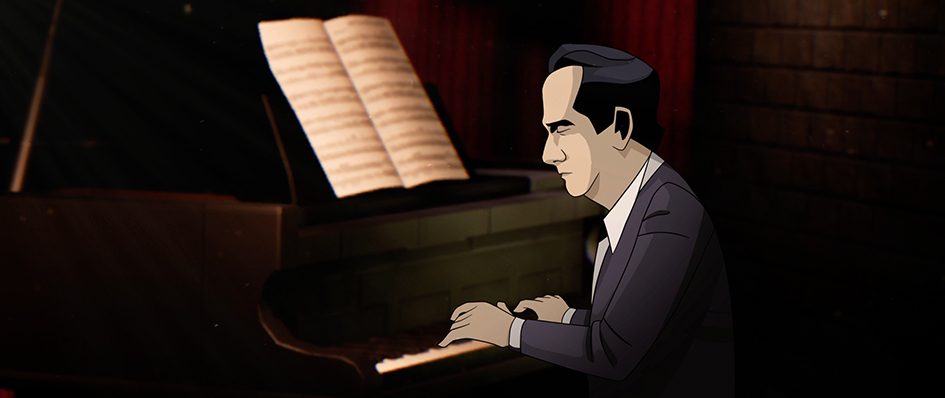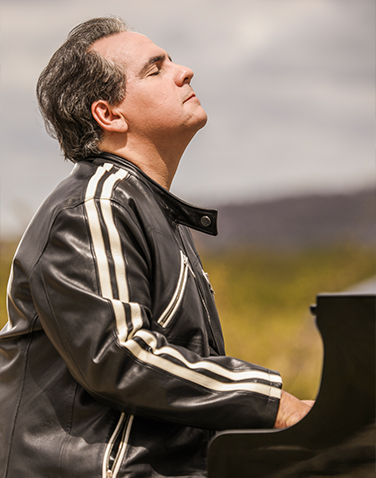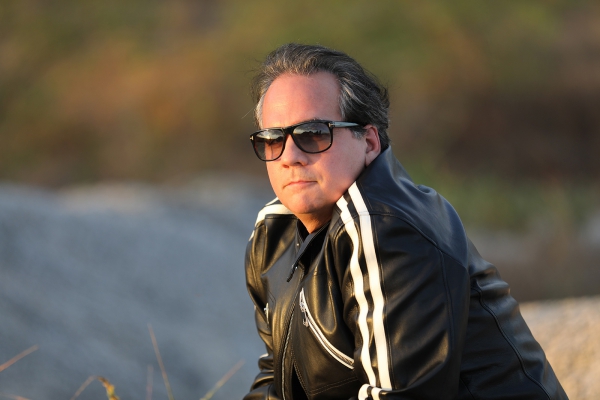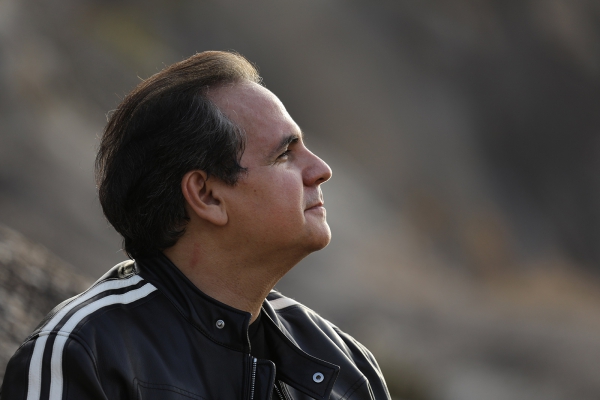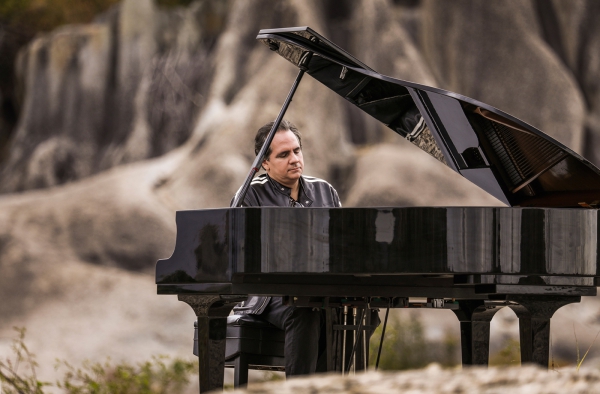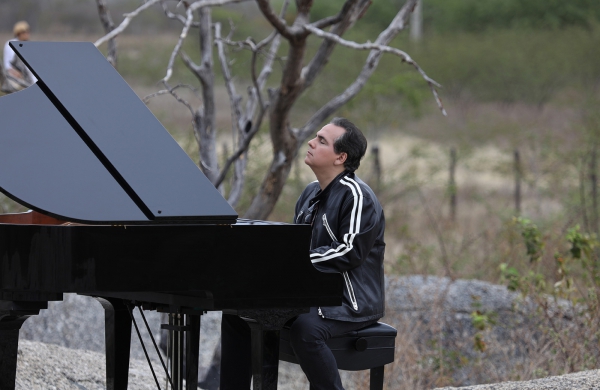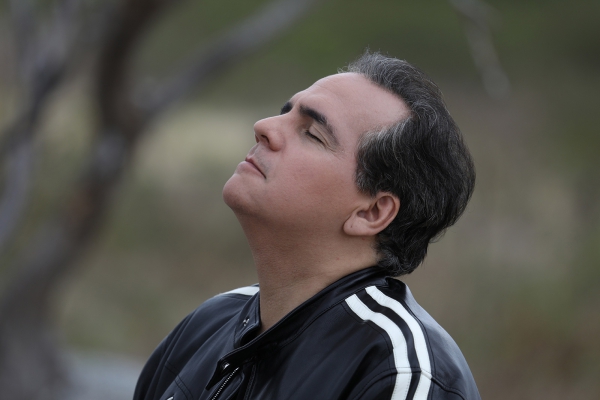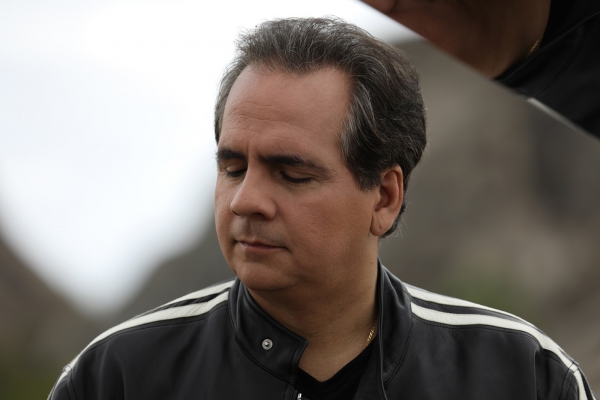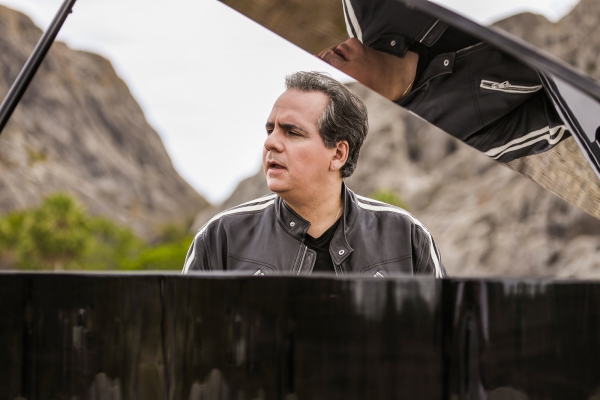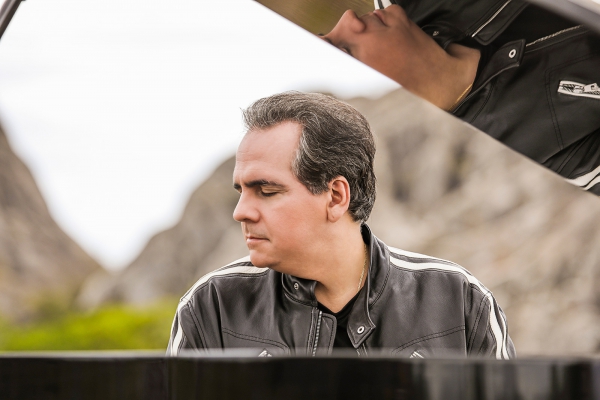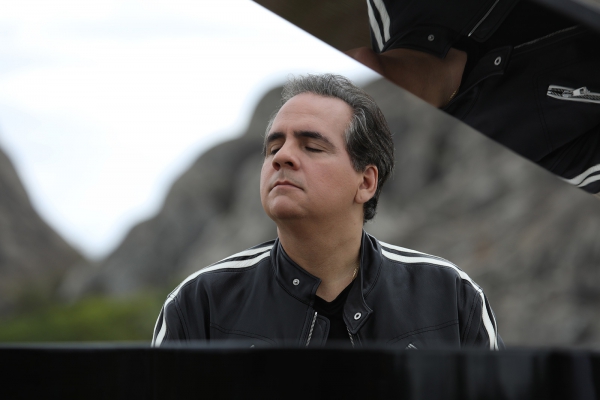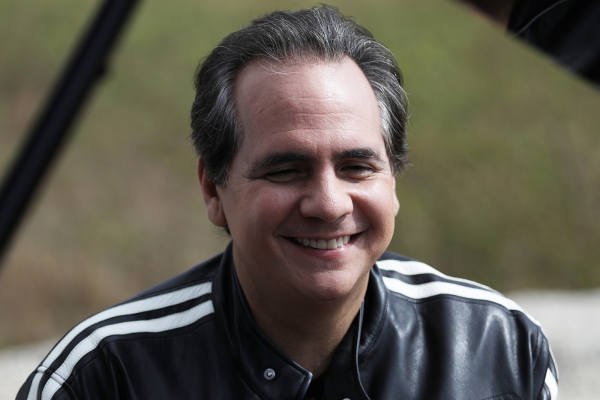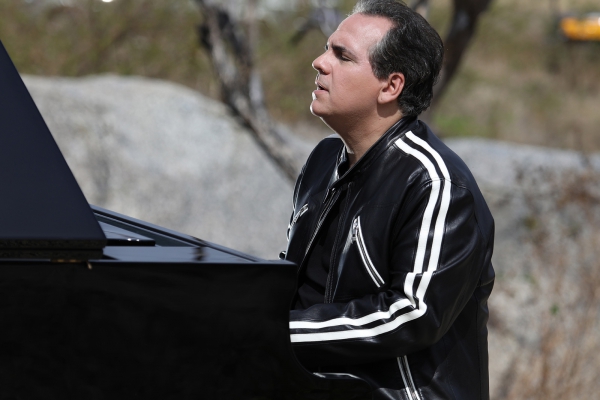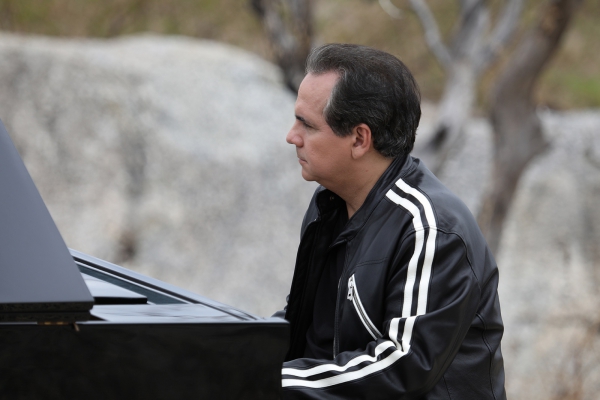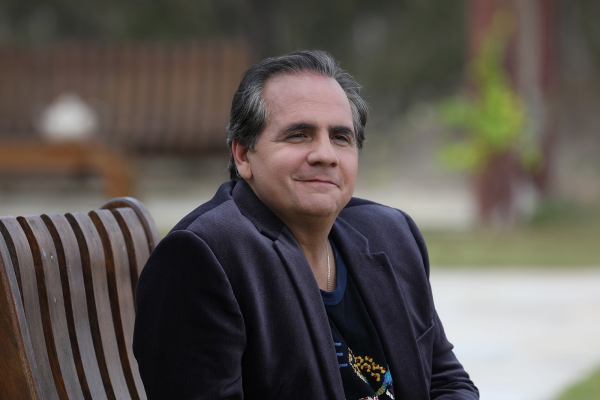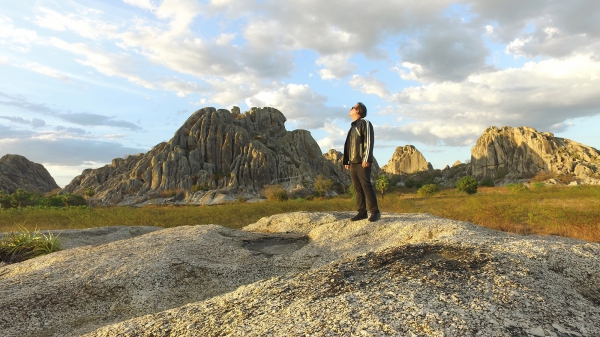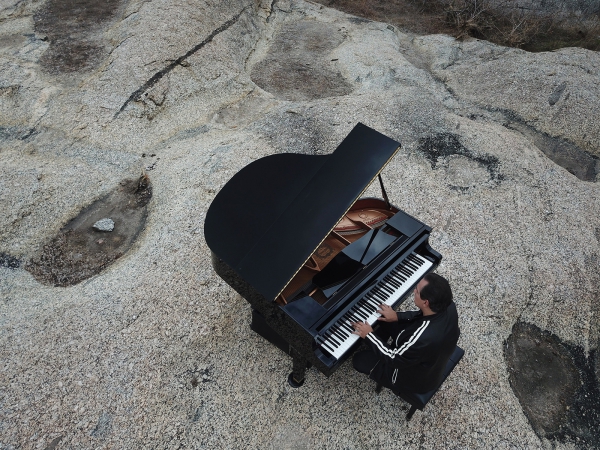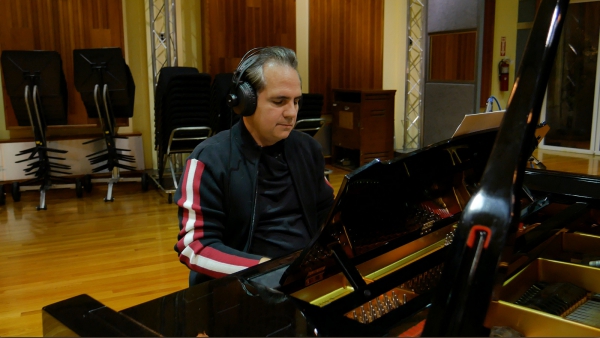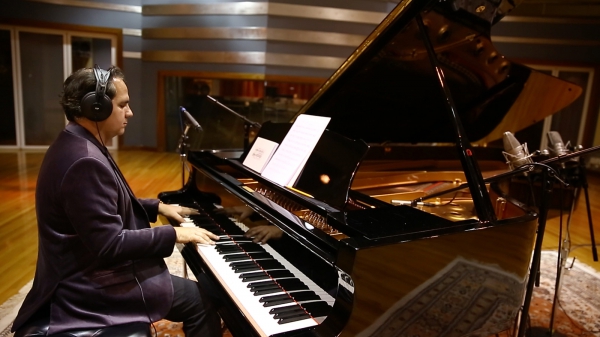Sebastiana
The third solo album of the Brazilian pianist, composer and arranger Ricardo Bacelar, entitled "Sebastiana" is being released.

Produced by Cesar Lemos (BMI and ASCAP awards in the USA), it was recorded and mixed in Miami, United States, at the legendary Hit Factory (Criteria) and Rebel 11 studios. Its concept gravitates around a Latin American rereading of a Brazilian music repertoire portion. "Sebastiana" was recorded by Brazilian, American, Cuban, Argentine, Venezuelan, Colombian and Peruvian musicians. By researching traditional rhythms, an arrangement laboratory was conceived to implement the fusion of Latin American and Brazilian music elements. It shows contemporary arrangements and a strong jazzy accent, with a subtle percussion that confirms South America's influence.
Videos
The result is unusual and presents an important contribution to the Brazilian music scenario in the international context. It is an instrumental record, having four of its tracks sung. The album is being released in Latin America, Japan, Europe and in the United States, being promoted by several partners, available on digital platforms, CD and vinyl. The title "Sebastiana" pays homage to Jackson do Pandeiro, a Brazilian artist, in the 35th anniversary of his death, inserting excerpts from his voice in two tracks. The cover and graphic illustration elements reproduce "Carnival", an oil painting of the Brazilian modernist painter Emiliano di Cavalcanti.
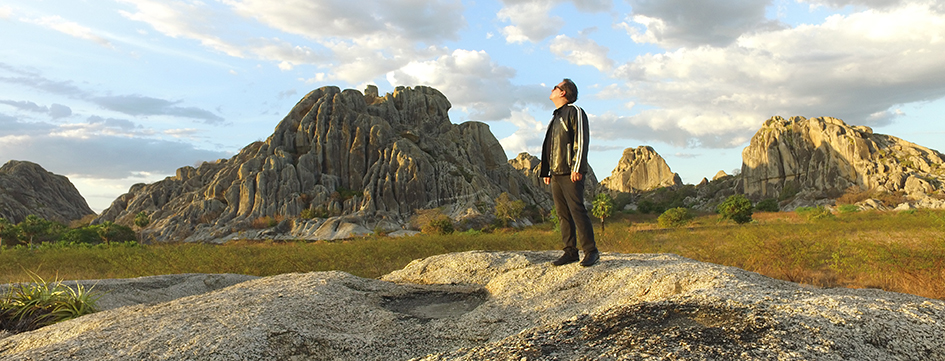
The album has five unpublished songs, in a set of fifteen recordings. Two of them were composed by Ricardo with Cesar Lemos "Suco Verde” (“Green Juice") and "Sernambetiba, 1992". The album "Sebastiana" presents works by Brazilian composers: Luiz Gonzaga, Gilberto Gil, Lô Borges, Villa-Lobos, Milton Nascimento and Ronaldo Bastos, Tom Jobim and Vinicius de Moraes, Ivan Lins and Victor Martins, Flora Purim and Luiz Roberto Bertrami. Ricardo Bacelar wrote the arrangements, carried out the schedules with Cesar Lemos, recorded the acoustic piano, Hammond organ, synthesizers and sang the track “Oh Mana Deixa Eu Ir”. He searched for Latin music exponents in Miami for the recording of the album: Cesar Lemos - basses, guitars and vocals, Anderson Quintero (Venezuela) - drums and percussion, Mayer Osorio (USA) - vocal in "Nothing Will Be As It Was", Elena Rose (Venezuela) singing "Somewhere in the Hills", Rose Max and Ramatis Moraes (Brazil) in "Sambadouro”'s, vocals, Steve Hinson (US) - steel guitar, Yoel del Sol (Cuba) - percussion, Channo Tierra (Colombia) - diatonic accordion in "A Volta da Asa Branca"(The Return of the White Wing), Jose Sibaja (Colombia) - trumpet and flugelhorn in "Vento de Maio"(May Wind) and "Partido Alto", Jesus "el viejo" Rodriguez (Peru) - percussion and charango in "Vento de Maio"(May Wind), Gabriel Fernandez (Argentina) playing Bandoneón in "Depois dos Temporais"(After the Storms) and Ricardo`s daughters, Maria and Sara Bacelar - percussion.
Sebastiana is a Latin American synthesis of Brazil. Rhythmic textures and characteristic timbres were subjected to the harmonic structures` sway of the Brazilian music, which lacked, until then, a visit of its closer brothers. The disc presents a Venezuelan rhythm called "Sangueo", interpreted with cumaco and mina drums, coming from the central portion of that country, evidencing African rhythms influences. We implemented a mixture with "Coco", from the composition Sebastiana, by Rosil Cavalcanti (1915-1968). Famous representative of the Northeastern Brazilian music, the song Sebastiana names the disc. The work was very successful in Brazil in the voice of Jackson do Pandeiro (1919-1982) having been originally recorded, in 1953. Another visited rhythm is the "Vallenato", derived from the Colombian coast. Named by some as an ancestral musical genre of the ancient province of Padilla, with Spanish colonization and Afro-Colombian slaves' records, the "Vallenato" spread through Ecuador, Panama, Venezuela, Argentina, Mexico and Paraguay. Traditionally, it is performed by using the acordeon diatônico (diatonic accordion), guacharaca and caja vallenata (vallenata box). The "Vallenato", recognized as Intangible Cultural Heritage of Humanity by UNESCO, is incorporated, on the disc, to the Brazilian baião A Volta da Asa Branca, by Luiz Gonzaga (1912-1989) and Zé Dantas (1921-1962). O Rei do Baião (The King of Baião), Luiz Gonzaga, imprinted a strong mark on the Brazilian music. Latin rhythms are subtly placed, as if they were spices, in the arrangements conception. The "Bomba" is a musical genre of Puerto Rico, brought by slaves who came from the West Indies, derived from Africa's west coast. It is performed with drums made from barrels that used to store goat leather, adjusted by turnstiles, screws and wedges.
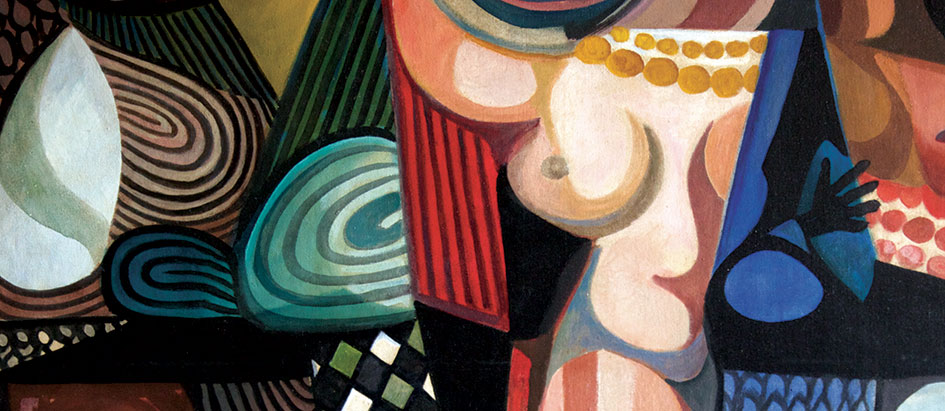
Another element used is the "Timba", a rhythm from Cuba. It is a term of African origin, derived from the "Tambor", with a historical record dating from the slaves' arrival in Central America. In Cuban orchestras, they have invoked "Timba" to incite musicians to "raise the temperature" of the theme and energize the audience. In the universe of the complex Cuban rhythmic sauces, including the "Salsa Cubana" atmosphere, "Timba" has been merged with jazz and is part of the popular music of that country. It uses Latin percussion instruments such as pailas, congas and güiro, as well as characteristic choreographies. On the disc, was picked some musical instruments, which retain a lot of originality and are representative of their regions. The "Charango" or quirquincho (in the language of the Quíchua Andean people, kirkinchu), placed in the song Vento de Maio, by Telo Borges and Márcio Borges, is a string instrument that belongs to the lute family. Originally from Bolivia, it is originally made with the carapace of the armadillo's back. There are records that the Spaniards, in the sixteenth century, forbade the Bolivian natives to practice their ancestral music. The "Charango" was an instrument conceived to be hidden under the robes, measuring, on average, 66 centimeters and built with ten strings. It is representative of the "Andean Music", characterized by nostalgic and evocative melodies with flautas de caña (cane flutes) textures. In the song Depois dos Temporais (After the Storms), by Ivan Lins and Vitor Martins, we used the "Bandoneón", main member of the "Tango" orchestra. The genre was established as Intangible Cultural Heritage of Humanity by UNESCO. The "Bandoneón" was declared Cultural Patrimony of Argentina, by law. A close relative of the concertina, it is also used in the Rio de la Plata and Uruguay region. It produces the sound from the vibration of steel reeds, driven by the displacement of the air in the bellows. The "Bandoneón" was created in Germany, to be used as a portable organ in religious manifestations, but it spread as the "Tango" protagonist, in Argentina.
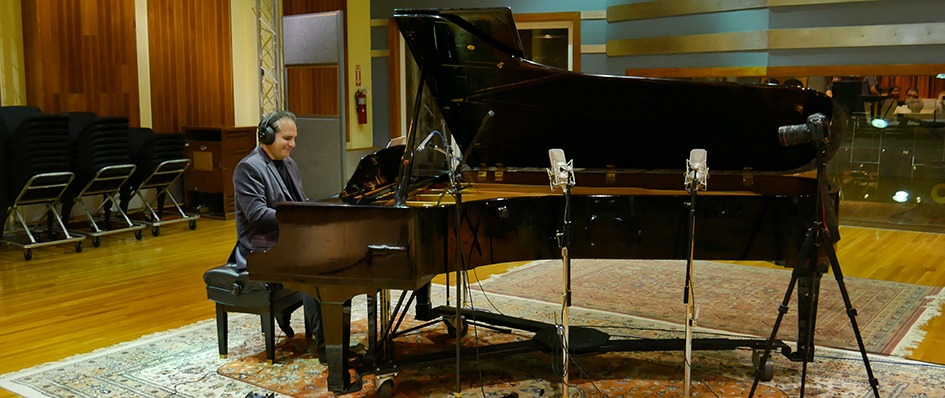
Ricardo Bacelar`s first solo album, "In natura", is intimate and shows unpublished compositions at the piano, with participations and classical music influences. The second one, "Concerto para Moviola" (Concerto for Moviola), is a live album, recorded at a jazz festival, with an eight-member band, presenting a jazz fusion and Brazilian music repertoire. It was released in 2016 in Brazil and in the United States, on CD, digital, DVD and vinyl, obtaining a highly significant performance in the American jazz radios, with several reviews in important vehicles in the American press of the segment. Ricardo Bacelar joined a band in Brazil, called Hanoi Hanoi, in the 80s and 90s, with wide commercial success. Ricardo is a lawyer and a fierce copyright defender. He organized and launched in 2017, in Brazil, the book "Contemporary Themes of Intellectual Property", a collection of articles with the most important Brazilian authorities in copyright and other branches of the subject.
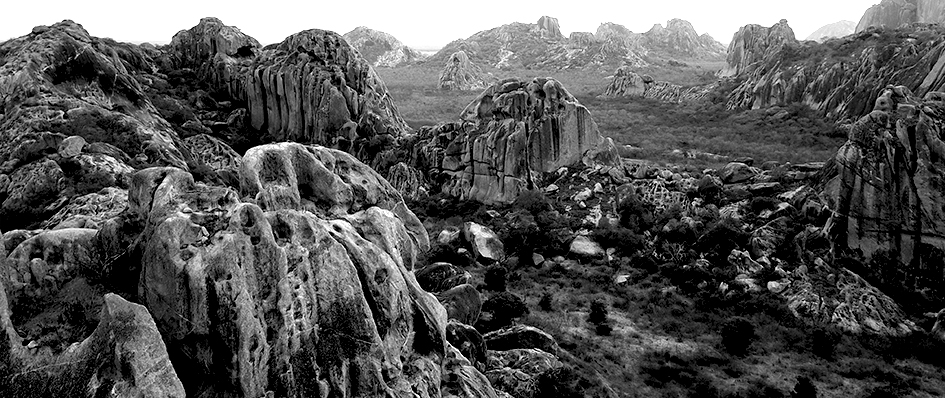
Photos: Fernando Travessoni and Carlos Herrera
REPERTOIRE - SEBASTIANA
1. A Volta da Asa Branca - Luiz Gonzaga and Zé Dantas
2. Suco Verde - Ricardo Bacelar and Cesar Lemos
3. Nothing Will Be As it Was - Milton Nascimento, Ronaldo Bastos and Renee Vincent
4. River of Emotions - Ricardo Bacelar
5. Toda Menina Baiana - Gilberto Gil
6. Somewhere in the Hills - Tom Jobim, Vinícius de Moraes and Ray Gilbert
7. Partido Alto - Flora Purim, Alex Malheiros and José Roberto Bertrami
8. Parts of Me - Ricardo Bacelar
9. Sambadouro - Ivan Lins and Vitor Martins
10. Oh Mana Deixa Eu Ir - Heitor Villa-Lobos, Milton Nascimento and Teca Calazans
11. Sebastiana - Rosil Cacalcanti
12. Depois dos Temporais - Ivan Lins and Vitor Martins
13. Vento de Maio - Telo Borges and Márcio Borges
14. Sernambetiba, 1992 - Ricardo Bacelar and Cesar Lemos
15. The Best Years - Ricardo Bacelar
